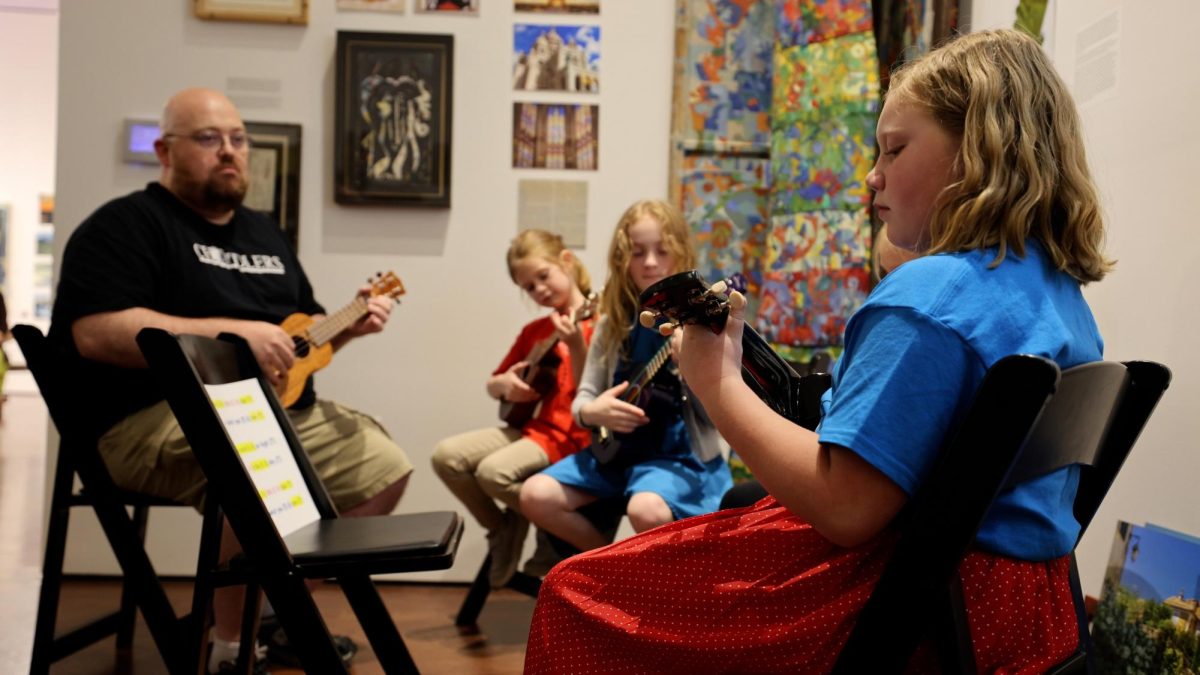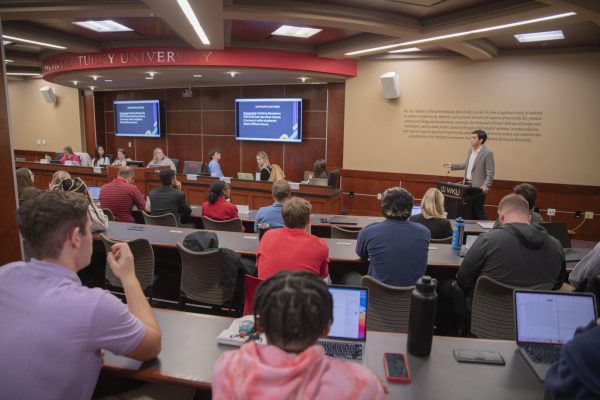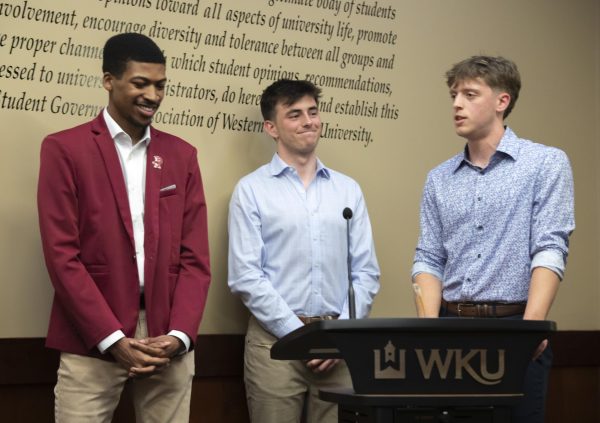Civil War exhibit to be displayed in Mass Media
January 22, 2013
WKU students and history buffs will have the chance to see the Civil War like never before — in 3-D.
WKU, with a sponsorship from the School of Journalism and Broadcasting and the history department, is presenting a photography exhibit entitled “Witness: Photographs of A Nation Divided” in the Mass Media and Technology Hall gallery and atrium.
The gallery will feature 20 reproduced 3-D photographs from Alexander Gardner’s “Dead of Antietam” series and some of his other photographs, historical information and additional work from eight other prominent Civil War-era photographers including George Barnard and Mathew Brady.
Extending from Jan. 24 through March 29, the “Witness” gallery will be on display weekdays from 9 a.m. to 5 p.m., excluding the week of March 11.
There will be a reception and keynote address by David Lee, dean of Potter College of Arts and Letters, at 7 p.m. on Jan. 23. The images will be displayed on portable, exhibit-quality walls.
Gardner took the pictures in 1862 of the carnage left in the wake of the Battle of Antietam, which is deemed the bloodiest single day in American military history with over 23,000 killed or injured.
The photographs were displayed at a gallery in New York City owned by Mathew Brady, whom Tim Broekema, chair of the gallery committee, said is often accredited for Gardner’s work.
“The common misconception is that Brady took the photographs,” Broekema said. “It was Alexander Gardner who took the pictures — Brady displayed them.”
Gardner’s photographs, which primarily depicted fallen soldiers, were the first Civil War battlefield images ever to be released to the American public.
Loup Langton, director of the School of Journalism and Broadcasting, said Gardner’s images of Antietam made an impact.
“People lined up for blocks; they had never seen anything like it,” Langton said. “They were shocked, moved, amazed.”
The photographs, in addition to being historically groundbreaking, were technologically innovative as well, Broekema said.
“Gardner’s Civil War photographs were stereoscopic, meaning they were originally intended to be seen in 3-D with anaglyphic glasses,” Broekema said. “We will be displaying a 17-minute 3-D show of the pictures in order to give people a real appreciation and understanding.”
Langton said this is the first time the portable walls have been used in an exhibit and will be the first of many.
“The idea is every semester we will present one or two major exhibits using walls,” Langton said.













![Students cheer for Senator at Large Jaden Marshall after being announced as the Intercultural Student Engagement Center Senator for the 24th Senate on Wednesday, April 17 in the Senate Chamber in DSU. Ive done everything in my power, Ive said it 100 times, to be for the students, Marshall said. So, not only to win, but to hear that reaction for me by the other students is just something that shows people actually care about me [and] really support me.](https://wkuherald.com/wp-content/uploads/2024/04/jadenmarshall-1200x844.jpg)


![Students cheer for Senator at Large Jaden Marshall after being announced as the Intercultural Student Engagement Center Senator for the 24th Senate on Wednesday, April 17 in the Senate Chamber in DSU. Ive done everything in my power, Ive said it 100 times, to be for the students, Marshall said. So, not only to win, but to hear that reaction for me by the other students is just something that shows people actually care about me [and] really support me.](https://wkuherald.com/wp-content/uploads/2024/04/jadenmarshall-600x422.jpg)








